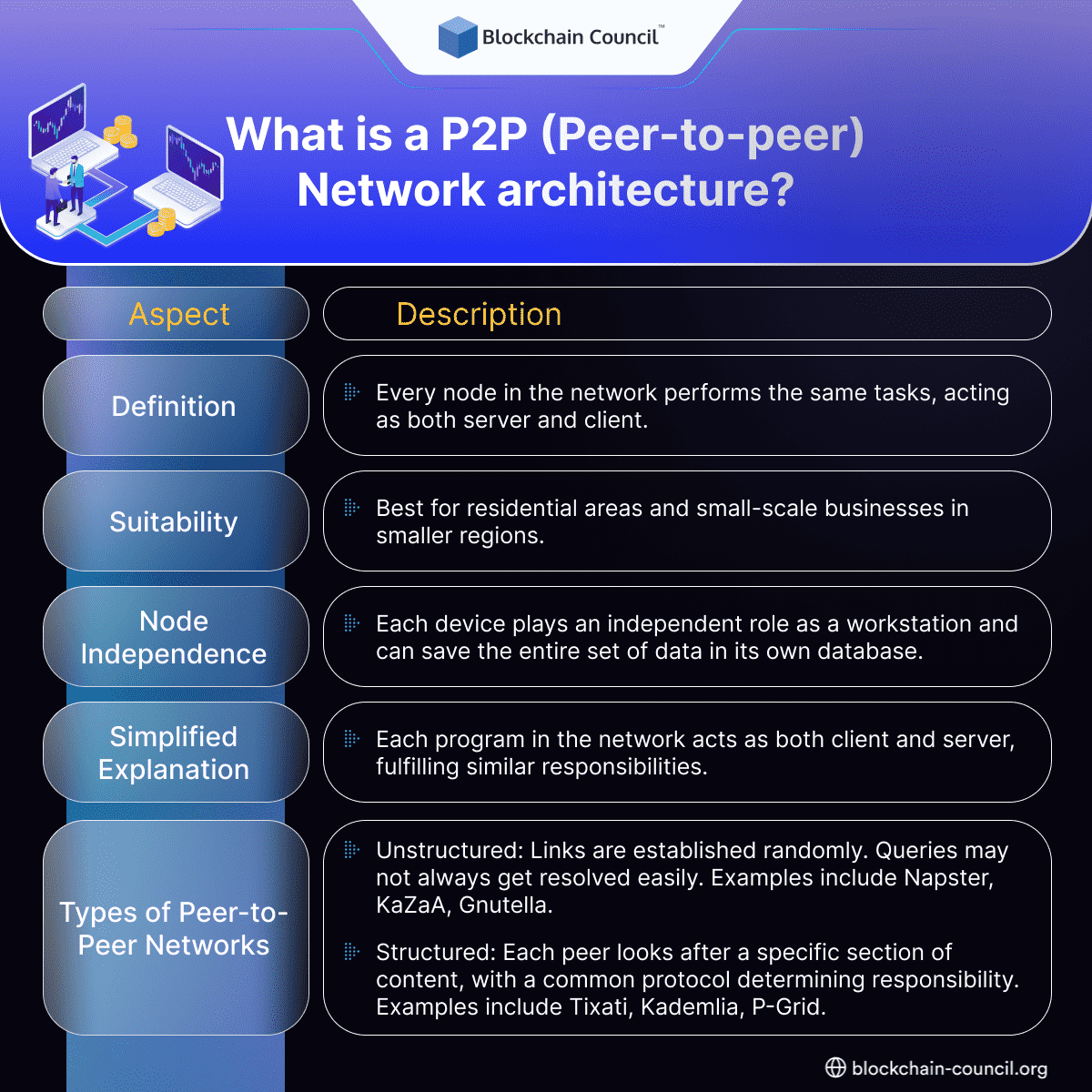
Behind the growing popularity of the P2P trading platform lies a sophisticated set of technologies that make direct exchange between individuals safe, efficient, and globally accessible. While the concept of peer-to-peer trading may seem simple — connecting buyers and sellers without intermediaries — the infrastructure that supports it is complex and constantly evolving. From blockchain to artificial intelligence, escrow systems to mobile-first design, these innovations not only enable current operations but also shape the future of decentralised finance.
Blockchain as the Foundation
The backbone of every modern peer-to-peer system is blockchain. Transparent, immutable, and decentralised, blockchain ensures that transactions cannot be altered or hidden. On a P2P trading platform, blockchain serves as a public ledger that verifies exchanges, providing accountability without the need for central authority. Its distributed nature also guarantees resilience, making systems less vulnerable to single points of failure. By anchoring trust in code rather than institutions, blockchain redefines what financial infrastructure looks like.
Escrow: The Guardian of Trust
Escrow mechanisms are essential to building confidence among users who may never meet in person. When a trade begins, funds are locked in escrow until both sides fulfil their obligations. This prevents either party from defaulting mid-transaction. On a P2P trading platform, escrow is more than a convenience — it is the foundation of trust. Over time, escrow systems have become more sophisticated, integrating dispute resolution processes and automated release conditions, ensuring that fairness is upheld even when disagreements occur.
Artificial Intelligence as the Watchdog
Security threats remain a constant challenge, from scams to identity fraud. Artificial intelligence has become a crucial tool in addressing these risks. AI on a P2P trading platform monitors trading behaviour, flags unusual activity, and detects patterns that might indicate fraudulent attempts. By learning from past incidents, AI can predict and prevent new forms of abuse. In practice, this means users are shielded by an invisible guardian that works around the clock, protecting the integrity of the system.
Reputation Systems and Social Proof
Technology alone cannot replace human trust, which is why reputation systems are integral to peer-to-peer platforms. Every completed trade contributes to a user’s credibility, with ratings and reviews visible to future partners. On a P2P trading platform, this transparency empowers users to make informed choices about who they trade with. Over time, reliable participants build strong reputations, while dishonest actors are excluded by community feedback. Reputation becomes a digital form of social proof, reinforcing trust at scale.
Mobile-First Design for Global Reach
In many emerging economies, smartphones are the primary gateway to financial participation. Recognising this, peer-to-peer platforms prioritise mobile-first design. A P2P trading platform with intuitive apps allows users in rural areas, developing nations, or urban centres alike to trade easily. Integration with local payment systems, QR codes, and digital wallets further ensures inclusivity. This design philosophy makes peer-to-peer trading a practical solution for billions, not just a technological experiment for the privileged few.
Smart Contracts and Automation
The next stage of technological evolution lies in smart contracts. These self-executing agreements can automate conditions of trade, removing the need for third-party arbitration. On a P2P trading platform, smart contracts could handle complex deals such as recurring payments, escrow releases based on external data, or multi-step trades. This automation reduces human error, speeds up transactions, and expands what peer-to-peer systems can achieve, moving them closer to becoming complete financial ecosystems.
Interoperability and Liquidity Networks
Currently, most peer-to-peer platforms operate in isolation. Future development is focused on interoperability — connecting different platforms into global liquidity networks. Imagine a trader on one P2P trading platform instantly transacting with a user on another, without needing to switch accounts or systems. Such networks would create deeper liquidity, greater efficiency, and a seamless experience for users across borders, transforming decentralised finance into a truly global infrastructure.
The Road Ahead: Technology and Empowerment
As technology advances, the line between finance and everyday digital life will blur. Peer-to-peer platforms may integrate with messaging apps, e-commerce platforms, and even social networks, making trading as simple as sending a message. The P2P platform will continue to evolve, using technology not only to increase efficiency but also to expand access, ensuring that individuals everywhere can participate in the global economy.
The future of finance will not be built solely in banks or exchanges but in decentralised systems powered by technology. Escrow, blockchain, AI, mobile-first design, and smart contracts are more than features — they are the engines of a financial revolution. By harnessing these innovations, the P2P trading platform demonstrates how technology can make finance more inclusive, transparent, and resilient than ever before.
